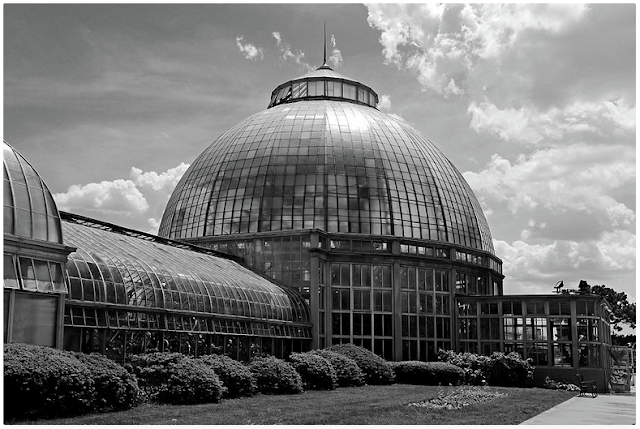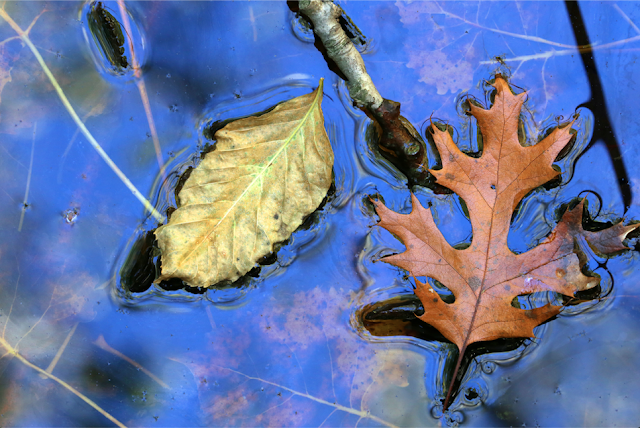Hoarding Images

I’m not a hoarder. Really, I’m not. Except for books. Oh, and maybe yarn. But that’s it. I don’t have a lot of shoes, I don’t shop for clothing except maybe once every year and a half, I don’t “collect” anything. I have a very small collection of tea pots (and I don’t even drink tea), but I stopped when I ran out of room. Well, I do have marbles - few jars sitting around the house on my bookcases. But not so that it’s ridiculous. And I have a few rocks in boxes and jars, but still not so much as you would notice it. I AM, however, a dedicated hoarder of images. I LOVE images. Good art, paintings, photographs, collages, drawings, photos of sculpture (I love Louise Nevelson). These are images I hoard in the form of books and in a small way, actual prints. I can’t visit a museum without buying the guide book and the book of any special exhibit, if applicable. I have a couple of bookcase shelves dedicated to guide books from museums my husband and I have visited around the US and around







